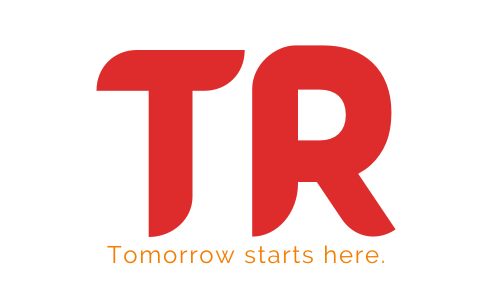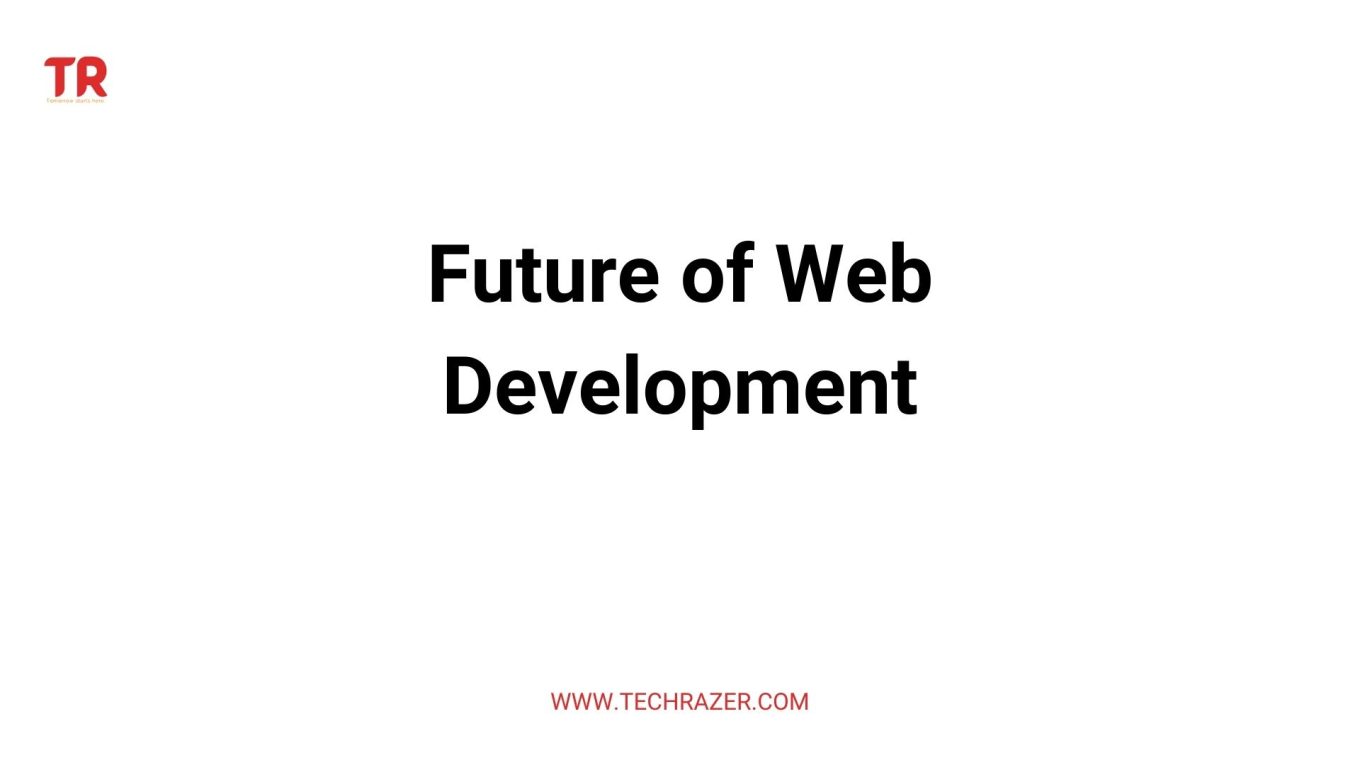The Future of Web Development: Emerging Trends and Techniques
Table of Contents
Introduction
The web development industry is constantly evolving, with new technologies and techniques emerging all the time. The future of web development is being shaped by a number of exciting trends and innovations, from artificial intelligence and machine learning, to progressive web apps, single-page applications, material user interfaces, voice-enabled websites, and improved security and privacy measures.
As a result, web developers must stay informed about the latest trends and techniques in order to stay ahead of the curve and create innovative and engaging web applications that meet the needs of their users. Whether you are a seasoned web developer or just starting out, it is essential to have a solid understanding of these emerging trends and techniques in order to remain competitive in the industry.
In this article, we will explore the latest trends and techniques in web development, including artificial intelligence and machine learning, progressive web apps, single-page applications, material user interfaces, voice-enabled websites, and security and privacy. We will provide an overview of each trend, as well as a discussion of the benefits and challenges associated with each. So, let’s dive in and take a closer look at the future of web development.
Artificial Intelligence and Machine Learning
Artificial Intelligence (AI) and Machine Learning (ML) are becoming increasingly popular in web development. AI and ML algorithms are being integrated into web applications to provide enhanced functionality and improved user experiences. For example, AI-powered chatbots can provide instant customer support, while ML algorithms can be used to personalize website content based on a user’s behavior.
However, there are also some challenges associated with using AI and ML in web development. For example, AI and ML algorithms may be biased if the training data is not representative of the population. Additionally, there may be legal and ethical concerns regarding the use of AI and ML in certain industries.
Despite these challenges, the use of AI and ML in web development is likely to continue to grow in the future. As these technologies become more sophisticated, they will offer new opportunities for developers to create innovative and engaging web applications.
Progressive Web Applications (PWAs)
Progressive Web Applications (PWAs) are a type of web application that offer the capabilities of a native mobile app while being accessible through a web browser. PWAs are designed to provide a fast, reliable, and engaging user experience, even on low-end devices or slow networks.
PWAs offer several advantages over traditional web applications. For example, they can be accessed directly from the home screen of a device, they can work offline, and they can receive push notifications. PWAs also have a smaller file size and faster load times compared to traditional web applications, making them ideal for use on mobile devices.
Some real-world examples of successful PWAs include Twitter Lite, Starbucks, and Flipkart. These applications demonstrate the potential of PWAs to provide high-quality user experiences that rival those of native mobile apps.
Single-Page Applications (SPAs)
Single-Page Applications (SPAs) are web applications that are designed to load all the necessary code in a single page. This allows for a more seamless and responsive user experience, as users can navigate the application without having to reload the page.
SPAs are becoming increasingly popular due to their simplicity and speed. They are also well-suited to modern web development practices, such as responsive design and the use of JavaScript frameworks like Angular and React.
However, there are also some challenges associated with developing and maintaining SPAs. For example, it can be difficult to optimize the performance of SPAs, particularly on low-end devices or slow networks. Additionally, it can be challenging to make SPAs accessible to users with disabilities.
Despite these challenges, SPAs are likely to continue to grow in popularity due to their simplicity, speed, and user-friendly design.
Motion User Interfaces (MUIs)
Motion User Interfaces (MUIs) are a type of user interface that uses animation and transitions to enhance the user experience. MUIs are designed to provide a more engaging and interactive experience, and they are becoming increasingly popular in web development.
Using MUIs can be a powerful way to enhance the user experience on a website. For example, they can be used to provide feedback to users, to create visual hierarchy, and to guide users through complex processes.
However, it is important to use MUIs judiciously and with care. Overuse of MUIs can lead to a cluttered and confusing user experience, and it can also slow down the performance of a website.
When designing and implementing MUIs, it is important to consider the goals of the user experience and to use animation and transitions to support those goals. For example, animations and transitions can be used to create a sense of flow and to guide the user through a process. Additionally, it is important to consider the performance of the website, particularly on low-end devices or slow networks.
The Growth of Voice-Enabled Websites
The rise of voice assistants, such as Amazon Alexa and Google Home, is having a significant impact on web development. As more and more users rely on voice assistants to interact with the web, it is becoming increasingly important for developers to create voice-enabled websites.
Voice-enabled websites offer several advantages over traditional websites, including increased accessibility and the ability to reach users in hands-free environments. For example, voice-enabled websites can be used to provide information or to make purchases, even while driving or performing other tasks.
However, there are also some challenges associated with creating voice-enabled websites. For example, it can be difficult to ensure that the user experience is consistent across different devices and platforms. Additionally, it can be challenging to ensure that voice-enabled websites are accessible to users with disabilities.
Despite these challenges, the use of voice-enabled websites is likely to continue to grow in the future, as users become more accustomed to using voice assistants and as the technology becomes more sophisticated.
Security and Privacy
As the web becomes increasingly integrated into our lives, the importance of web security and privacy is growing. Web developers must be mindful of the risks associated with storing and transmitting sensitive information, and they must take steps to protect the security and privacy of their users.
Emerging technologies and techniques are being developed to help improve web security and privacy. For example, encryption technologies can be used to protect the confidentiality of sensitive information, while authentication technologies can be used to ensure that only authorized users can access protected resources.
When developing web applications, it is important to follow best practices for web security and privacy. This includes using encryption technologies, implementing secure authentication mechanisms, and regularly updating software to address vulnerabilities.
Conclusion
In conclusion, the future of web development is exciting and full of possibilities, with new technologies and techniques emerging all the time. By staying informed about the latest trends and techniques, web developers can create innovative and engaging web applications that meet the needs of their users.
From artificial intelligence and machine learning, to progressive web apps, single-page applications, material user interfaces, voice-enabled websites, and improved security and privacy measures, the web development industry is constantly evolving and growing. Each of these trends and techniques offers its own unique set of benefits and challenges, but all of them have the potential to revolutionize the way we use and interact with the web.
As a web developer, it is important to stay ahead of the curve and continue to learn and grow in order to remain competitive in the industry. Whether you are working on a large enterprise project or building a simple website, staying informed about the latest trends and techniques will help you to create web applications that are innovative, engaging, and accessible to all.
So, embrace the future of web development and stay informed about the latest trends and techniques. Your users will thank you for it, and you will be well on your way to creating amazing web applications that will shape the future of the web.

